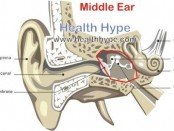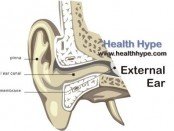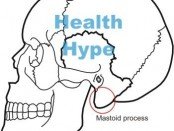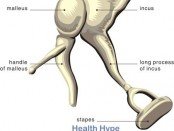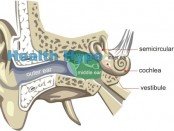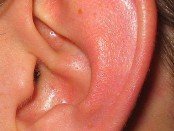10 Signs of an Ear Infection (Outer, Middle and Inner Ear)
Ear infections are common, especially in children. It can affect the outer ear (otitis externa), middle ear (otitis media) or inner ear (otitis interna). The signs and symptoms of an ear infection can vary somewhat depending on which part of the ear is infected. Sometimes complications may arise which may further >> Read More ...


